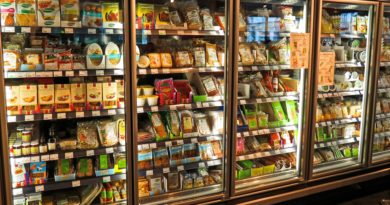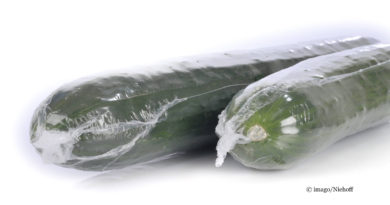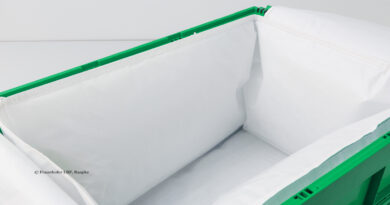Cobots as Colleagues
New robots and modern safety technology make it possible for man and machine to work closely together. Cobots are the name of the machines that facilitate such cooperation. For the packaging industry there are interesting application possibilities.
Working side by side with a robot? At Nestlé, this is already commonplace at the “Chocoladenwerk” in Hamburg and the Thomy plant in Neuss. Here, “Cobots” are in use – robots that specialize in working with and alongside their human colleagues. “For example, they pack and load chocolate from After Eight or mustard tubes from Thomy,” explains CTO Alexander Knoch. “We develop concepts for the use of robots across all locations. The experience so far has been positive.” “Especially when it comes to low speeds, lighter weights or tight spaces, the Cobots are an efficient tool for us,” says Knoch. In the future, Cobots could take over even more manual tasks. “Thanks to the Cobots, we can not only produce more efficiently and economically, but also improve the ergonomic working conditions for our employees”.
New safety systems
For a long time, robots had to be kept away from people for safety reasons. The danger of them injuring employees was too great. New safety systems, intelligent systems, smaller robots and more sensitive sensors have now made it possible for the barriers to fall and for humans and robots to actually work side by side like colleagues. While conventional industrial robots can carry heavy loads, but at the same time take up a lot of space and require a lot of time to implement, the robots score points with little space and fast implementation. One possible area of application is co-packing, for example. Man and robot stand side by side and pack. But the robot can also apply stickers or put together sets.
Cooperative or collaborative?
It was only a question of time before established companies in the packaging industry discovered the topic of cobots for themselves. Gerhard Schubert GmbH has recognized a new business field here. The company actually builds systems. However, customers were increasingly asking for flexible cobots, a completely new field for the Crailsheim company. A team of ten young engineers was put together, largely organizationally separated from the rest of the company. “We work like a kind of start-up,” says Volker Haaf, Strategy and Marketing – Cooperative Robotics, who is in charge of the project. The first important thing was to find out what the customers actually mean by a Cobot. There were two approaches: a cooperative and a collaborative robot. While cooperative robots work with humans in a line but do not work together on one thing, collaborative robots are all about humans and robots working together. “In vehicle construction, for example, this happens when the robot holds a component up to the human and the human tightens screws on it,” says Haaf.
Special requirements in the packaging industry
But the packaging industry has different requirements. Working together on a project plays only a minor role. “Here I want the robot to take on a repetitive task that a human being had to do before,” Haaf explains. Whether putting caps on lipsticks or filling a box with cookies: The important thing is that the human and the robot can basically stand next to each other without the robot hurting the human. “At the same time, however, the cycle times have to be right,” says Haaf. This is where normal collaborative robots still have their problems. For safety reasons, they generally work at reduced speed. In palletizing, this doesn’t matter, but in other production lines it is not enough. A human being can achieve about 40 cycles per minute. Schubert’s new robot is expected to achieve up to 80 cycles. Special safety systems ensure that the robot slows down or even comes to a standstill the closer a human gets to it.
Prototype “tog.519”
The tog.519, as the Cobot is called, is being further developed with five test customers. It is equipped with different cameras and intelligent image recognition. With little training, the robot recognizes which object it should process. How this is done is of course also related to the tool that is attached to the robot, such as a suction cup or gripper. For example, it can grip lids and screw them onto a container. But it can also separate products that lie wildly on top of each other or restore order. Many of the tasks for which the tog.519 is suitable were and are also possible with conventional systems. “But our customers also wanted a more flexible solution. For some, it is not worthwhile to buy an optimized system. Especially when it comes to small batch sizes or frequently changing products,” says Haaf. Deliveries are becoming more and more individual, the seasonal business requires quick changes in production. The packaging process must be able to keep up with this. “The advantage is that the robot can be used in a variety of ways and, above all, always in places where a human operator used to work”.




